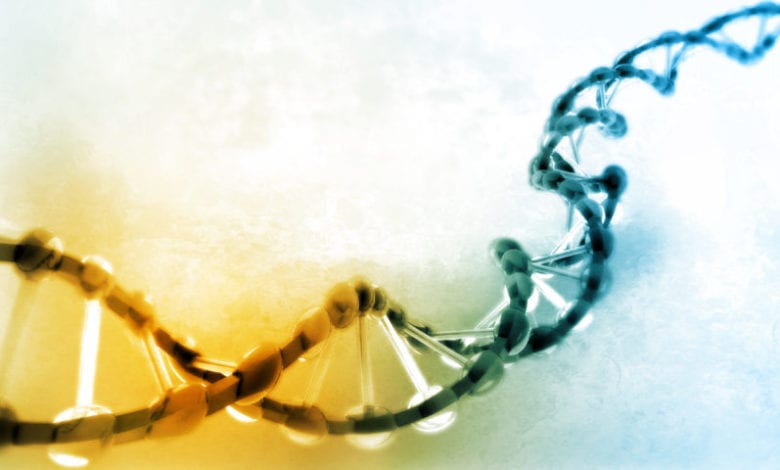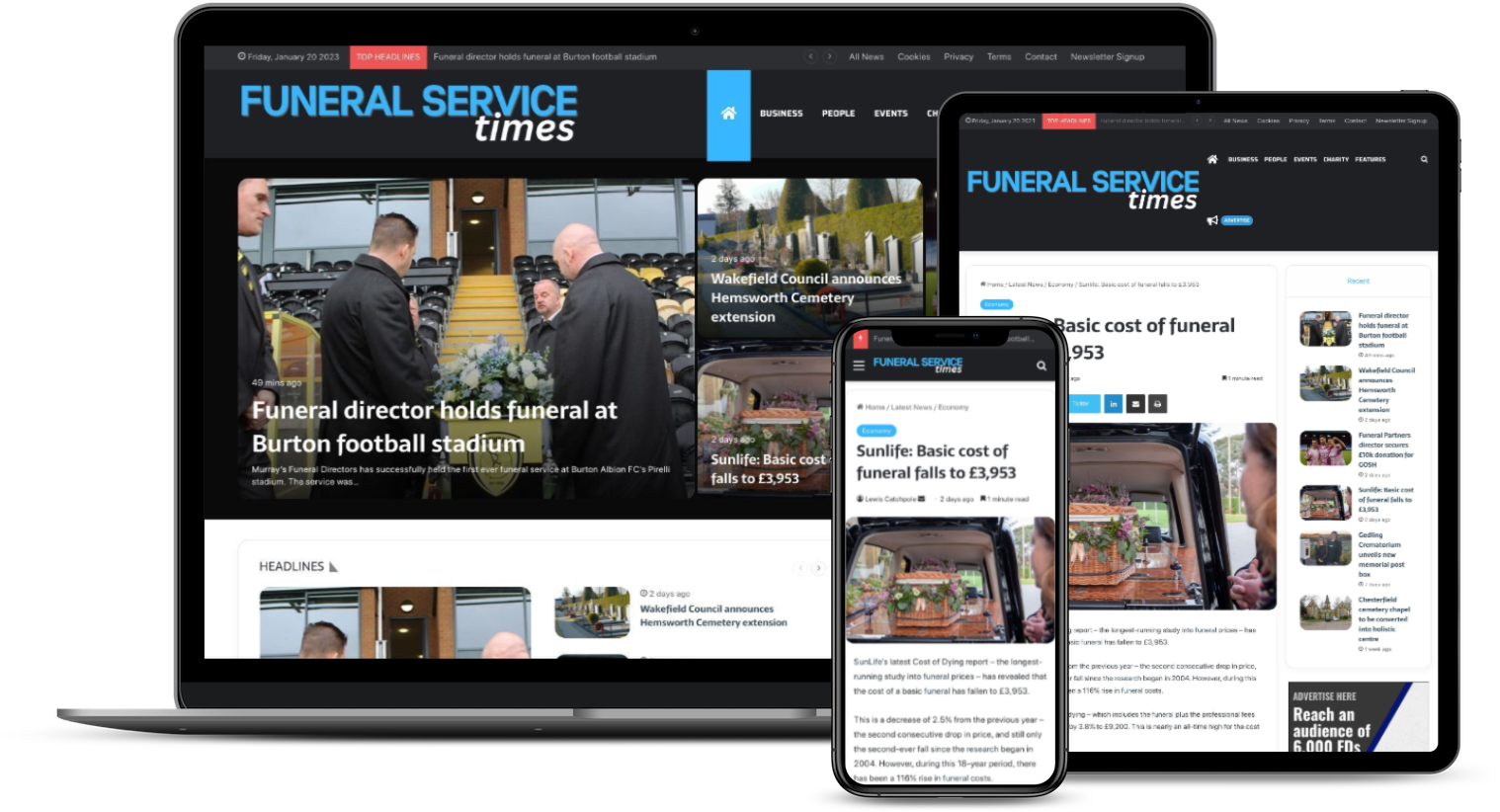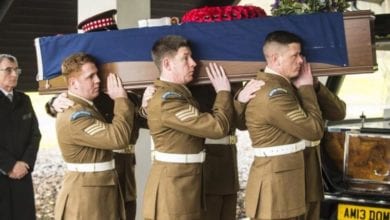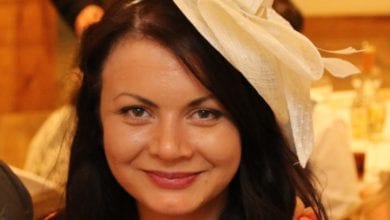Does cryonics offer an alternative to death?

It’s described as an ambulance to the future. Cryonics UK provides assistance to people who wish for their body to be cryopreserved once they are declared legally dead.
The process suspends a patient in liquid nitrogen, to prevent further deterioration of the body. It’s hoped that, one day, science will advance sufficiently to allow clients to resume their lives.
Tim Gibson became involved with the organisation after deciding that one day he will undergo the procedure himself. He explains: “The point at which we declare legal death is simply the point that we have given up with current technology. It doesn’t mean that we won’t one day be able to fix the problem.
“At the moment before cardiac arrest occurs, the person is still there. Our aim is to save them at point. If you can preserve the ‘data’, effectively you have a chance of doing something with it in the future, whatever that may be.”
Cryonics UK (CUK) is a non-profit making charity that acts as an emergency standby team. When a member is dying, trained volunteers arrive on the scene with equipment ready to get started as soon as the person is clinically dead. They administer various medicines and intravenous fluids, and the initial cooldown, and in all ways prepare the member physically for shipping to their chosen cryonics provider perfused with cryoprotectants and kept at a low temperature with dry ice.
There are currently no cryonics providers within Europe so the majority of Cryonics UK’s members have opted to sign up with Alcor or the Cryonics Institute in the USA. A facility also exists in Russia.
How does it work?
In the UK, GT Embalming and Rowland Brothers work with Cryonics UK to provide assistance for people who choose to undergo cryopreservation. Michael Gill, special projects manager at Rowland Brothers, explains: “We work together, so if someone gets in touch with us with an interest in cryonics we’ll direct them to the institutes that exist overseas and Cryonics UK.
“We help Cryonics UK with the preparation, by providing the facility, the premises and the embalming staff to do their infusions. We take over for the repatriation, so we do the paperwork, book the flight and go to the embassy and eventually out to the airport. As with other repatriations, the Human Tissue Act and all regulations must be adhered to.”
The process must start as soon as possible after death, so speed is vital. Family members and medical staff are informed of the patient’s wishes in advance to reduce the number of possible delays.
Michael says: “Together with Cryonics UK, we try to talk with the family doctor, so they know exactly what’s going on and what the patient wants. Then, when someone passes away, we can get permission to move the body straight away. The registration can be done quickly and, more importantly, we can start the cooling process soon after death occurs.
“We have to have the doctors on side and we can even go as far as talking to the coroner and effectively have their verbal permission, so they don’t feel as though their jurisdiction has been ignored. It’s really just a matter of smoothing the path.”
The aim of cryonics is to preserve with as little damage as possible. The procedure is designed to minimise the potential effects of freezing on the human body. Tim says: “When water freezes it gets bigger and it crystallises, and when there’s a lot of it, as in the human body, it tends to cause chaos to cell structures.
“So, the idea is that if you reduce the quantity of water in the cell you can actually prevent the problem. One of the ways is to replace the water with another chemical which is effectively an antifreeze component. The idea is that when the temperature drops instead of crystallising and causing physical chaos. It freezes solid like a sheet of glass, which is why it’s called vitrification. Basically we avoid crystallisation of the water to maintains the structure of the cells even when they’re solid.”
Practical steps
GT Embalming steps in to offer essential support once the client has been declared legally dead. Chairman Geoff Taylor (F.B.I.E.) says: “We provide the medical expertise, the raising of the arteries and the veins. Over the years improvements have been made to the fluids that are used.
“We hope to carry out the procedure soon after death. The body is still warm so, as soon as the person dies, a drip will be inserted with an anti-coagulant to help with the infusion process, they are then placed into a container with ice around the body to get the temperature down as much as possible. An external pump is used to give chest compressions to aid anti-coagulation until we can prepare the deceased for the infusion.
“We then raise the preferred vessels, usually the common carotid arteries and left and right jugular veins as they are often used at the same time. The vein drainage tubes are inserted to release the blood once the process has started. The artery tubes are connected to a pump and the infusion is ready to start. The fluids of varying strengths that are used have been cooled in a fridge which helps with the lowering of the body temperature which is monitored throughout the process. This process is used to remove all water from the deceased as under extreme conditions ice crystals could form which would damage cells.”
Some people opt to have their whole body preserved while others only choose to retain the head. Once the initial stages are complete, the client is transported to their chosen storage provider. Rowland Brothers handles this aspect of the journey. Michael says: “We’ve offered our services to anyone in need of them for cryonics more or less as long as the option has been in existence. We don’t have a formal agreement with any of the organisations, it’s simply that if they need us we’re here.
“When I started at Rowland Brothers three years ago one of the first things we did was arrange a meeting with Cryonics UK and the Cryonics Institute and we all sat down with GT Embalming and tried to square the circle and decide upon the best way for us all to work together. That’s when we began to offer a combined service.”
Can we live forever?
Technology hasn’t advanced far enough to be sure when, or if, people opting for cryonics will be able to regain their lives. Much will depend on the progress made by medical science. Some people with an interest in cryonics can be put off by the step into the unknown. Tim says: “People have the concept that they’re going somewhere ‘strange’ by being frozen and, as they’re also going to out of the UK to America as well it can be a lot for people to deal with emotionally.
If knowledge moves forward, Tim feels that there’s no guarantee that repairing the client’s current, physical body would be the best way to offer a new lease of life. He says: “We’re making an assumption if we say in the future they’re going to be able defrost people. The true answer is that we don’t know what will happen. Once they can identify the structure and data inside a person, in my mind at least it seems as though it would be a lot simpler to copy it. But, that’s only a theory and some people may not like the idea of being a replica of themselves.”
“We are frequently asked how far away reanimation technology is. It’s a bit like speculating on the time it will take to get to the moon, before the invention of rockets. I personally think 50 years is an over enthusiastic guess whereas 200 years seems too far away considering the current rate of scientific progress.”
“I can only guess what will happen. We’re the emergency transport that takes you to the A&E of the future. In 2017, we can only imagine the end result.”
Cryonics UK team members carry out their activities without any payment for their time but the charity does recover costs for standby services. As every case is different everyone pays the full cost of their own standby so Cryonics UK does not charge a fixed fee. For more information on Cryonics UK or a breakdown of predicted costs go to www.cryonics-uk.org.







